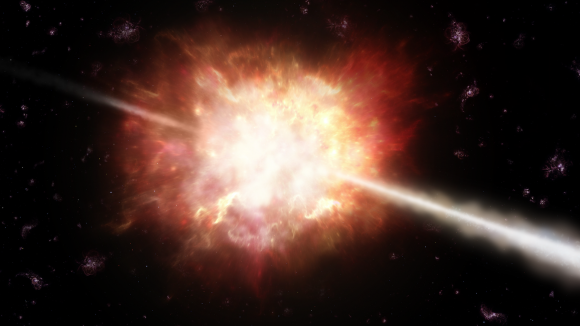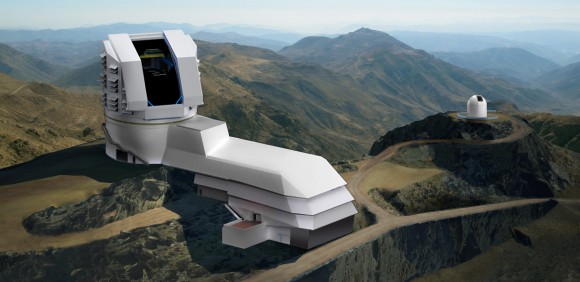

Johns Hopkins University (JHU) continues to pad its space community résumé with their interactive map, “The map of the observable Universe”, that takes viewers on a 13.7-billion-year-old tour of the cosmos from the present to the moments after the Big Bang. While JHU is responsible for creating the site, additional contributions were made by NASA, the European Space Agency, the National Science Foundation, and the Sloan Foundation.
RISE OF THE SUPER TELESCOPES:
Vera C. Rubin Observatory | Amazing Facts 2021 | Wow Space Wow Space In Association With Astrum! #AmazingFacts #SpaceFacts #SpaceDocumentaries #WowSpace If you enjoyed watching this video, please do Like, Share & Subscribe. Are you curious to know the Amazing facts & Secrets about Space? Wow Space is a channel where you can enhance your knowledge about the universe and know about the events that take place in space. Subscribe to our channel to get updates on new videos.

An artist's illustration of the Large Synoptic Survey Telescope with a simulated night sky. Image: Todd Mason, Mason Productions Inc. / LSST Corporation
Published on Nov 1, 2016 Ranked as the top ground-based national priority for the field for the current decade, LSST is currently under construction in Chile. The U.S. Department of Energy’s SLAC National Accelerator Laboratory is leading the construction of the LSST camera – the largest digital camera ever built for astronomy. SLAC Professor Steven M. Kahn is the overall Director of the LSST project, and SLAC personnel are also participating in the data management. The National Science Foundation is the lead agency for construction of the LSST. Additional financial support comes from the Department of Energy and private funding raised by the LSST Corporation. To learn more, visit Category Science & Technology License Standard YouTube License

The primary-tertiay mirror at its construction facility. Image: LSST

Handling all of the data from the LSST requires its own infrastructure. Image: LSST
Published on Mar 19, 2015 Visualizing 8.5 years of development of lsst.afw, from the git log. The visualization runs at 4 days/second. Lines represent directories and leaves represent files, color-coded by extension. Only files touched in the past 4 months are shown on the screen at any point in time. Built using gource + ffmpeg, with audio added in iMovie. See for more. For more on LSST, see The LSST WEB SITE
and The DM.Lsst.org
night after night, watching for anything that changes.



Credit: Large Synoptic Survey Telescope Project Office.

is placed there for scale of the Field of View.
Credit: Large Synoptic Survey Telescope (CC-SA 4.0)

A drone's view of the Rubin Observatory under construction in 2023. The 8.4-meter is getting closer to completion and first light in 2025. The primary/tertiary mirror has its first reflective coating. Image Credit: Rubin Observatory/NSF/AURA/A. Pizarro D

The VRO’s unique primary/tertiary mirror is two mirrors in one. It’s mounted on lightweight honeycomb material for strength. Image Credit: VRO
only meticulous engineering and construction can build a telescope like this. One of the stages is putting the reflective and protective coatings on the mirrors. The VRO announced that the primary/tertiary mirror has its first coating.
This timelapse video, taken through a viewing window in Rubin Observatory’s onsite coating chamber, shows the process of coating Rubin’s 8.4-meter combined primary/tertiary mirror with protected silver in April 2024. More information and download options: Credit: RubinObs/NOIRLab/NSF/AURA

This image shows the Rubin Observatory’s 8.4-meter combined primary/tertiary mirror after being coated with protected silver in April 2024. The reflective coating was applied using the observatory’s onsite coating chamber, which will also be used to re-coat the mirror as necessary during Rubin’s 10-year Legacy Survey of Space and Time. Image Credit: RubinObs/NOIRLab/NSF/AURA